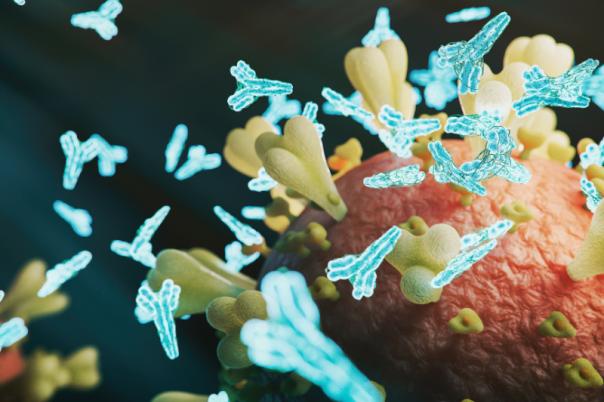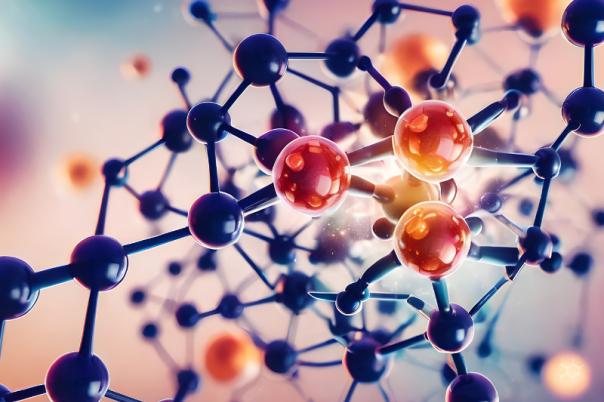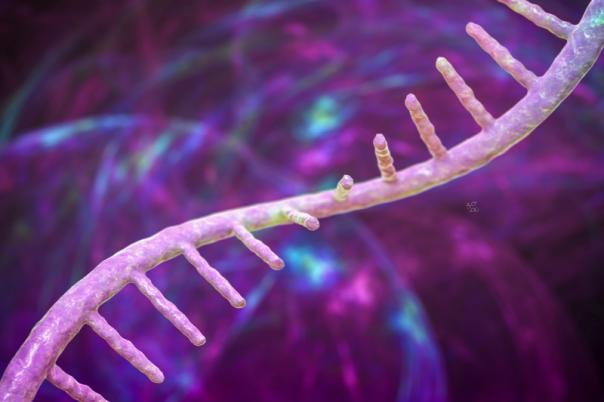Giovanni Spagnolli, Chief Technology Officer at Sibylla Biotech showcased how his company’s technology was applied to the lead program on cyclin D1. The mission is to exploit a new paradigm to achieve selective degradation of a target protein, and this approach is based on folding interference.
Unlike classical drug discovery approaches that focus on modulate the function of the target by designing molecules that bind to the native state of the protein, Sibylla leverages the existence of druggable pockets that are present on the folding intermediate state and then designs molecules that can bind to these pockets which in turn triggers the stabilisation of an improperly folded species. This is immediately recognised by the cell, and the protein will be sent to degradation.
Spagnolli then introduced the PPI-FIT platform, a tailored AI platform for small molecule designs. This multifaceted platform combines protein folding simulations via the Genesis algorithm, AI-driven drug design through Oneiros, and biological assays tailored to validate the mechanism of action. Overall, this integrated system allows for the identification of druggable pockets and the rapid screening of over a billion compounds.
Cyclin D1 is considered an undruggable protein that is a major driver in cancer cell proliferation. Its main purpose is to initiate the cell cycle for G1 to S cell transition, but it also has roles in DNA mismatch repair and promotion of biosynthetic pathways. Spagnolli and his team developed two compounds SIB-L001 and SIB-L003 that induced potent degradation of Cyclin D1 and inhibited cell proliferation in vitro and in vivo.
These compounds functioned via a ubiquitin-proteasome system. Spagnolli added that SIB-L001 and SIB-L003 exhibited high selectivity, with minimal off-target effects confirmed through thermal shift proteomics and whole proteome profiling.
In spite of early-stage optimisation challenges, the compounds demonstrated target engagement and tumour growth inhibition in xenograft models. Moreover a 52% reduction in tumour growth was achieved with well-tolerated dosing thus validating the platform’s potential for therapeutic development.




